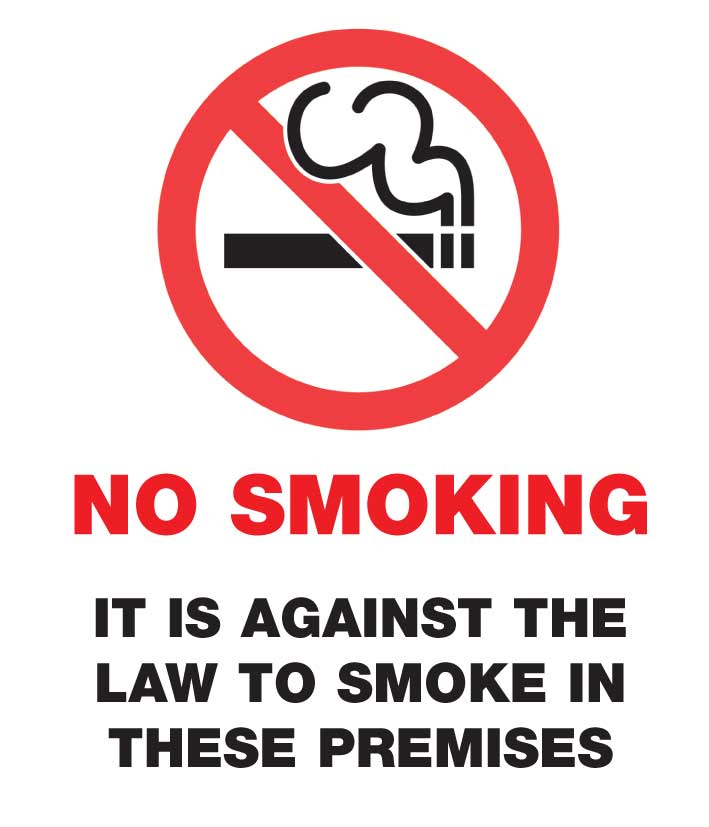If
you have been following the posts on Tobacco Control, you would by now be
familiar with the term Secondhand smoke. However, for the privilege of those
who may not know, secondhand smoke is a mixture of the smoke given off by the
burning end of a cigarette and the smoke exhaled by smokers. It is also often
referred to as Environmental Tobacco Smoke.
You
may have been treating the issue of secondhand smoke with triviality and not
have made any attempt to protect yourself and loved ones. If you are yet to
ensure people don't smoke around you or you still frequent settings where people smoke, you should know that you are
endangering your life significantly.
Based
on diverse researches conducted over the years, it has been scientifically
proven that secondhand smoke impacts negatively on the health of non-smokers
and in particular, have debilitating effects on children and pregnant women. It
is important for us to be informed of these effects so that we will all have a better
understanding of why Nigeria is in dire need of instituting and enforcing a
smoke-free country.
I
have compiled various health effects of inhaling secondhand smoke (SHS) and
they are presented below:
SHS immediately affects the heart, blood vessels, and blood circulation in
a harmful way.
- A short time in a smoky room can cause your blood platelets to become stickier, damage the lining of blood vessels, decrease coronary flow velocity reserves, and reduce heart rate variability.
- SHS causes lung cancer in people who have never smoked. Even brief exposure can damage cells in ways that set the cancer process in motion. (SHS is classified as a “known human carcinogen” (cancer-causing agent) by the International Agency for Research on Cancer (IARC), a branch of the World Health Organization. In the United States, aproximately 3,000 lung cancer deaths are known to occur annually among adult nonsmokers as a result of exposure to SHS)
- It increases the risk of heart disease and heart attack. A new study at Mayo Clinic (a leading medical practice and research group) suggests that SHS also increases the risk of sudden cardiac death.
- Persons who already have heart disease are at especially high risk of suffering adverse affects from breathing SHS, and should take special precautions to avoid even brief exposure.
- Babies who are exposed to SHS after birth are more likely to die from sudden infant death syndrome (SIDS) than babies who are not exposed to cigarette smoke.
- Exposure to SHS while pregnant increases the chance that a woman will have a spontaneous abortion, stillborn birth and other pregnancy and delivery problems.
- Mothers who are exposed to SHS while pregnant are more likely to have lower birth weight babies, which makes babies weaker and increases the risk for many health problems.
- Babies exposed to SHS after birth have weaker lungs than other babies, which increases the risk for many health problems.
- It causes acute lower respiratory infections such as bronchitis and pneumonia in infants and young children.
- Exposure to SHS can cause new cases of asthma in children who have not previously shown symptoms.
- It makes children who already have asthma to experience more frequent and severe attacks.
- Smoking by parents can cause wheezing, coughing, bronchitis, and pneumonia, and slow lung growth in their children
- Children exposed to SHS are at increased risk for ear infections and are more likely to need an operation to insert ear tubes for drainage.
Finally
you should know that there is no safe level
of exposure to secondhand smoke. Inhaling even a little of it can be harmful to
your health.
You
can join our campaign to ensure a smoke-free Nigeria by signing up as a Tobacco
Control Cause Champion. Simply send your 1) Name, 2) Email address, 3) Telephone No and 4) Location to info(at)socialresponsibilitymanagers.org. Signing up will get you a chance to have a specially designed Facebook, Twitter and G+ profile banner graced with Stella Damasus' picture.
You should
also actively participate in the discussions presently ongoing on the
following social media platforms:
- Twitter:
Follow @TobaccoCtrl
- Facebook:
Visit and like Tobaccoctrl
- Google
Plus: add Tobaccoctrl to your circle
- 2go: add
Tobaccoctrl






